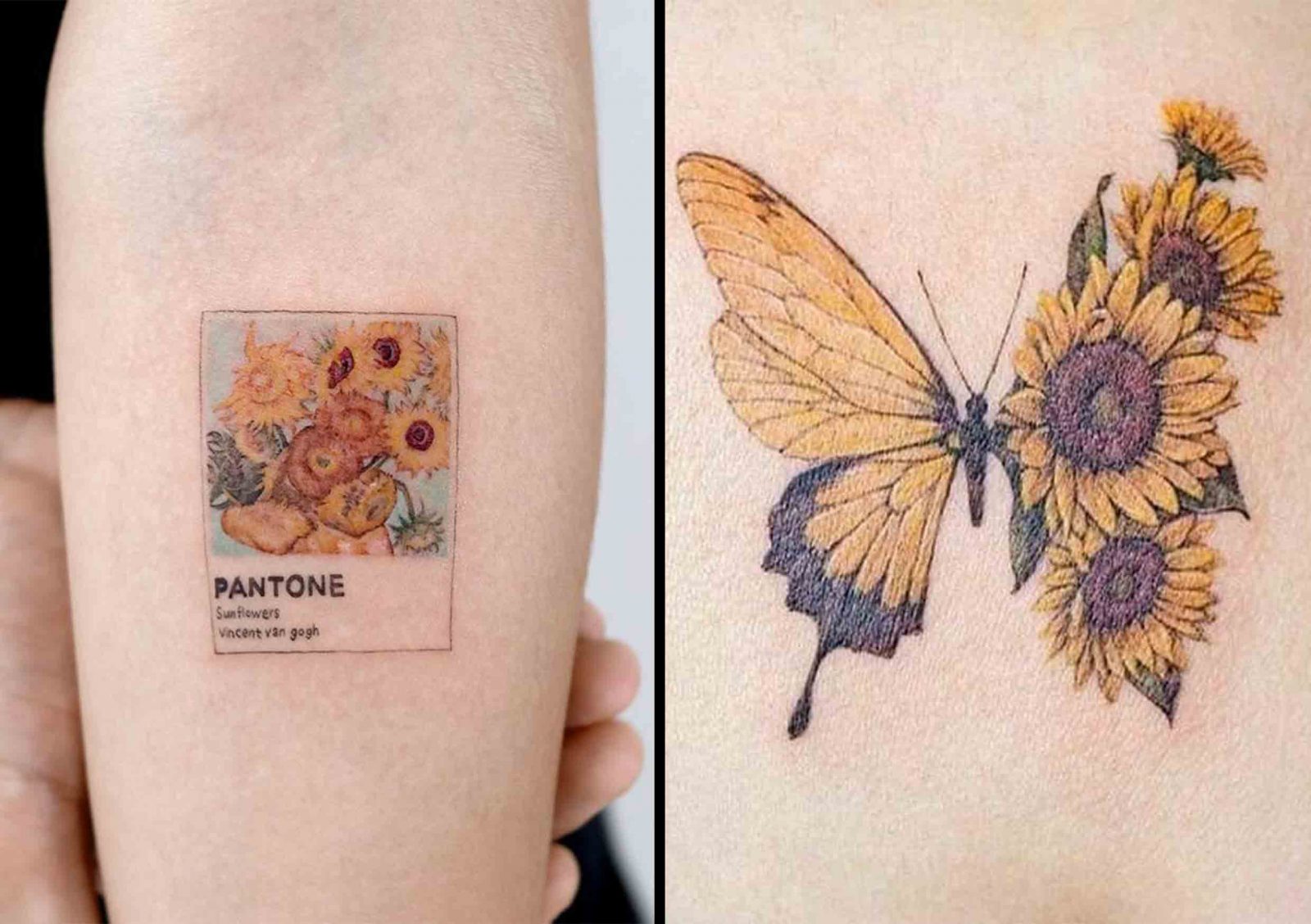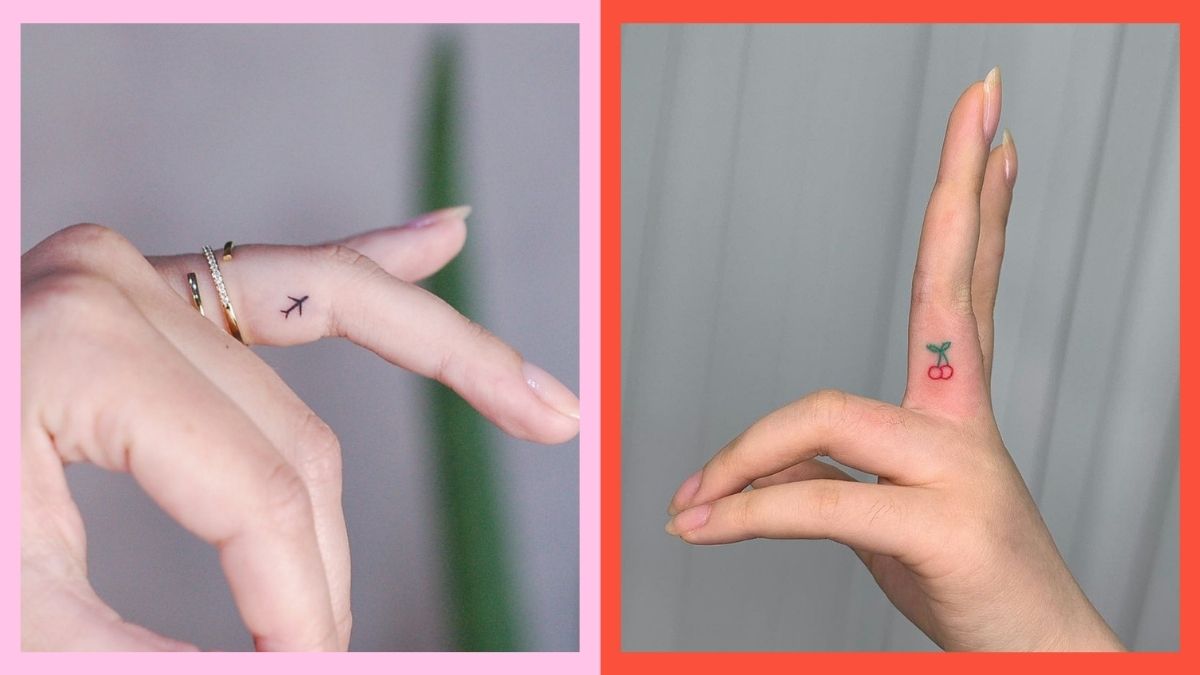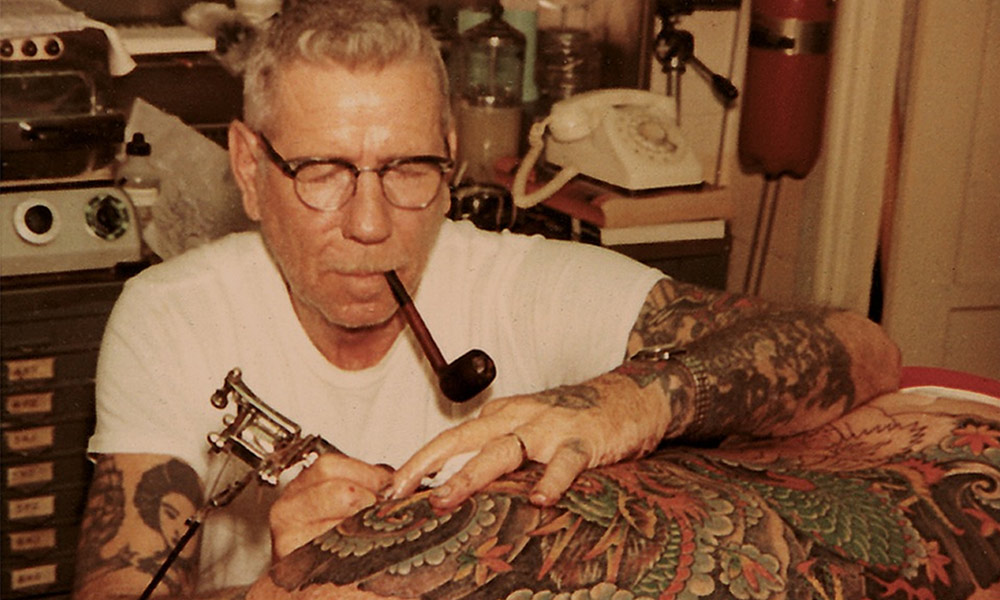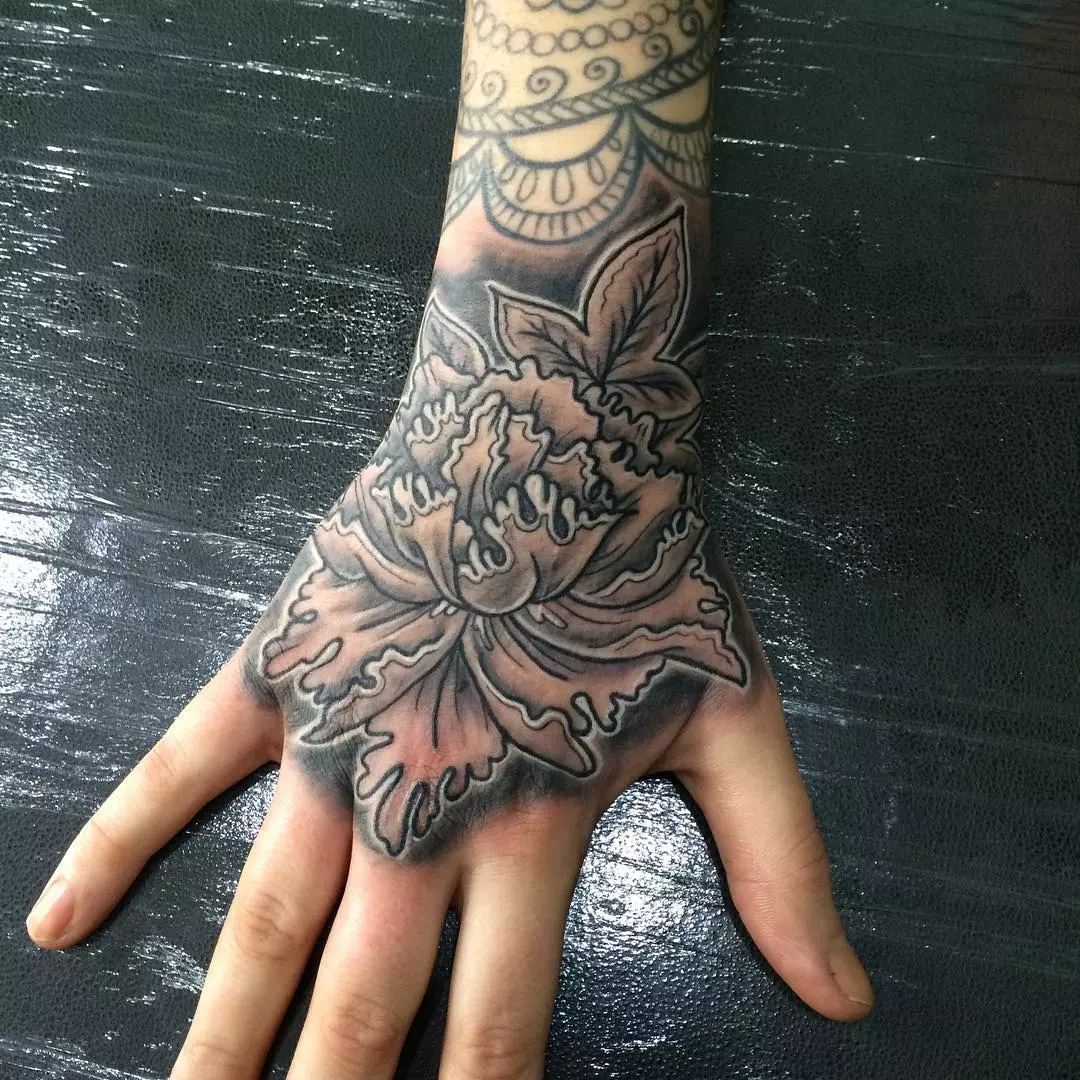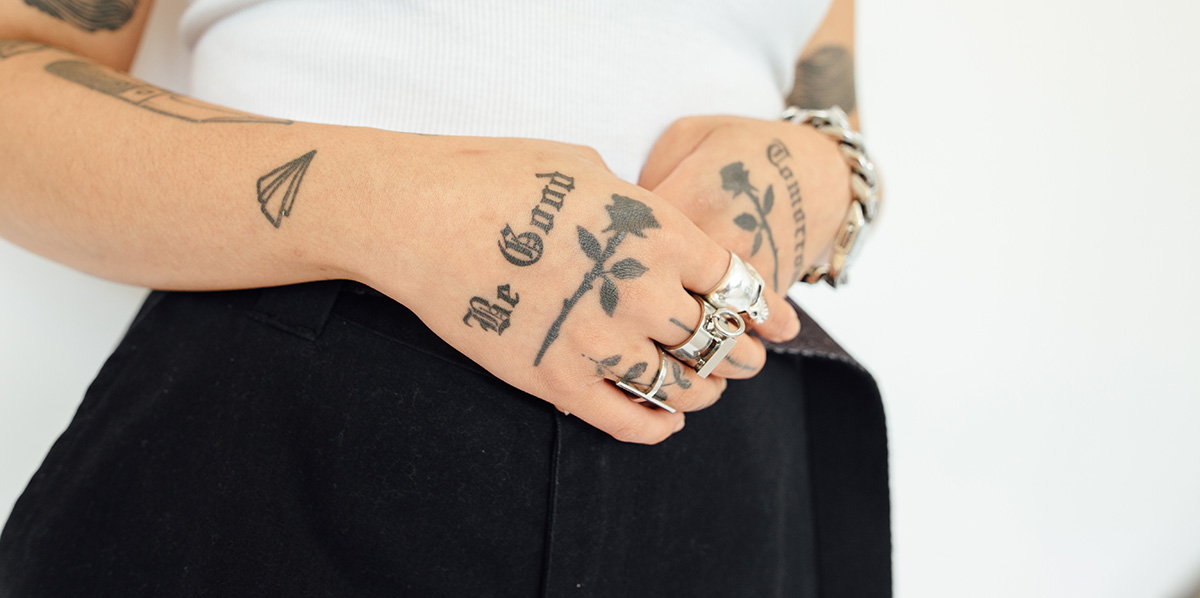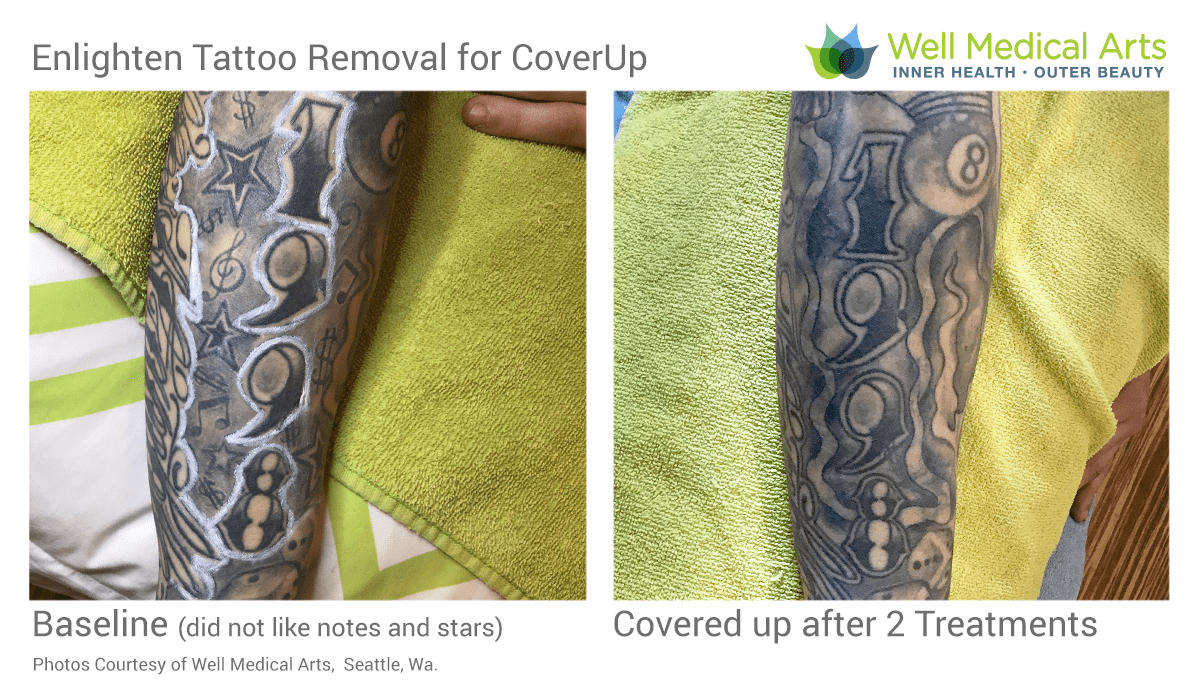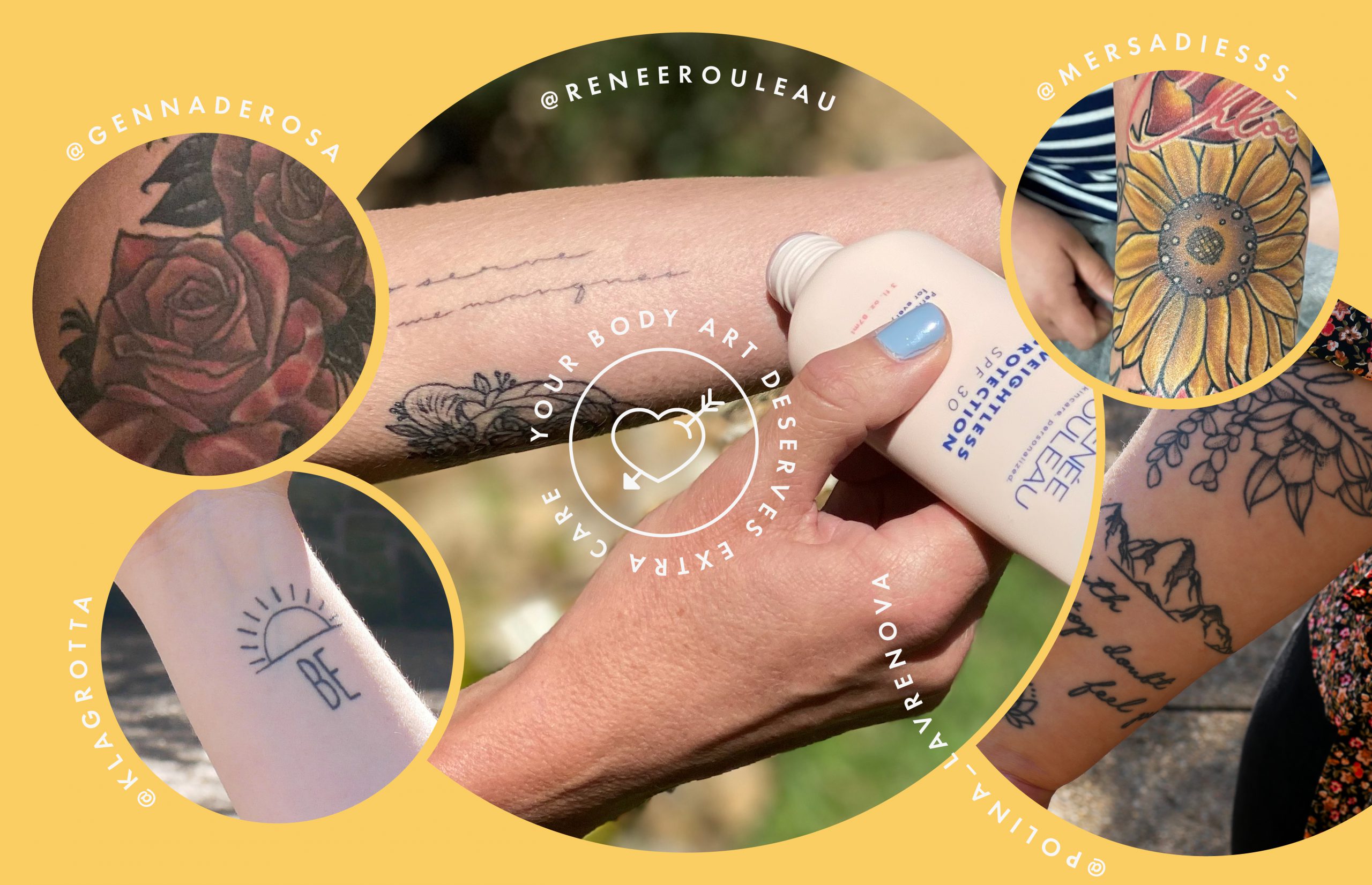
Okay, let’s talk sunflower tattoos.
You’re thinking about getting one, right?
Awesome!
But, you’re also probably wondering:
"Will it really look good there?"
"Is the size right?"
"Am I totally gonna regret this location in a week?"
I get it.
Permanent ink is a big deal.
You wanna be sure.
So, how do you test a sunflower tattoo placement before getting it permanently?
Let’s break it down.
Why Test Drive Your Sunflower Tattoo Placement?
Seriously, why risk it?
Imagine getting a gorgeous sunflower tattoo…
…only to realize it’s awkwardly placed.
Or too big.
Or clashes with your favorite outfit.
Yeah, no thanks.
Testing lets you avoid all that tattoo placement regret.
It gives you a chance to live with the design, visualize it in different situations, and tweak it until it’s absolutely perfect.
I once knew someone who got a beautiful back piece…
…and then realized she couldn’t wear half her favorite dresses because the straps covered it!
Learn from her mistakes, people!
Methods to Test Your Sunflower Tattoo Placement
Alright, let’s get practical.
Here are a few ways to try out your sunflower tattoo placement before committing:
-
Temporary Tattoos: This is the MVP.
- You can order custom temporary tattoos online with your exact design and size.
- Apply it to the desired area.
- Live with it for a few days.
- See how it looks in the mirror, in photos, and with different clothes.
- Bonus: Test different sizes and placements with multiple temporary tattoos.
-
Henna: A natural, semi-permanent option.
- A henna artist can draw your sunflower design directly onto your skin.
- It’ll last for a week or two, giving you a good feel for the placement.
- Important: Make sure the henna is 100% natural. Black henna can cause serious skin reactions.
-
Stencils and Markers: A quick and dirty method.
- Print out your sunflower design in the desired size.
- Cut out a stencil.
- Use a skin-safe marker to trace the stencil onto your skin.
- This is good for a quick visual, but not as realistic as a temporary tattoo or henna.
-
Clothing Markers:
- Draw the design on tight-fitting clothing of a similar color to your skin tone.
- Wear the clothing and see how it looks.
- This is great for larger pieces.
-
Photoshop/Image Editing Apps:
- Take a picture of the area you’re considering.
- Use Photoshop or a similar app to digitally add the sunflower tattoo to the image.
- This can give you a good idea of the overall aesthetic.
Considering the Design of Your Sunflower Tattoo
It’s not just about placement, it’s also about the design itself.
- Size Matters: A tiny sunflower on your back might get lost. A giant sunflower on your wrist might be overwhelming.
- Style: Is it realistic? Geometric? Watercolor? Make sure the style suits the placement and your overall aesthetic.
- Color: Consider your skin tone and how the colors will look on your skin.
- Placement and Movement: Think about how the tattoo will look when you move. Does it distort in an unflattering way?
How to Choose the Best Sunflower Tattoo Placement
Choosing the right placement is super personal.
Here are a few things to consider:
- Pain Tolerance: Some areas are more sensitive than others (ribs, feet, inner arms).
- Visibility: Do you want your tattoo to be easily visible, or more discreet?
- Professionalism: Consider your workplace and whether visible tattoos are acceptable.
- Sun Exposure: Tattoos fade in the sun, so choose a placement that’s easy to protect with clothing or sunscreen.
Common Sunflower Tattoo Placement Ideas
Need some inspiration? Here are a few popular spots:
- Shoulder: Classic and versatile.
- Back: Great for larger, more detailed designs.
- Wrist: A smaller, more delicate option.
- Ankle: Cute and discreet.
- Thigh: Perfect for a larger, more sensual design.
- Ribs: Can be painful, but looks amazing.
FAQ: Sunflower Tattoo Placement
-
Q: How long should I test a tattoo placement before getting it permanently?
- A: At least a few days, ideally a week or two. This gives you time to really live with the design and see how you feel about it.
-
Q: Can I test a tattoo placement if I’m allergic to adhesives?
- A: Talk to your doctor or a dermatologist. You might be able to use a hypoallergenic adhesive or try henna instead.
-
Q: What if I can’t find a temporary tattoo with my exact design?
- A: Find a similar design and size, or have a custom one made. It’s worth the investment to avoid tattoo regret.
-
Q: How do I know if a tattoo artist is good at placement?
- A: Look at their portfolio and see if they have experience with the type of tattoo you want. Ask them for their opinion on placement during your consultation.
Final Thoughts on Testing Your Sunflower Tattoo Placement
Don’t rush the process.
Take your time.
Experiment with different placements and designs.
Talk to your tattoo artist.
And most importantly, trust your gut.
Getting a sunflower tattoo should be a fun and exciting experience.
By testing your placement beforehand, you can ensure that you’ll love your new ink for years to come.
Ultimately, taking the time to test a sunflower tattoo placement is the best way to ensure you’ll be happy with your ink.


